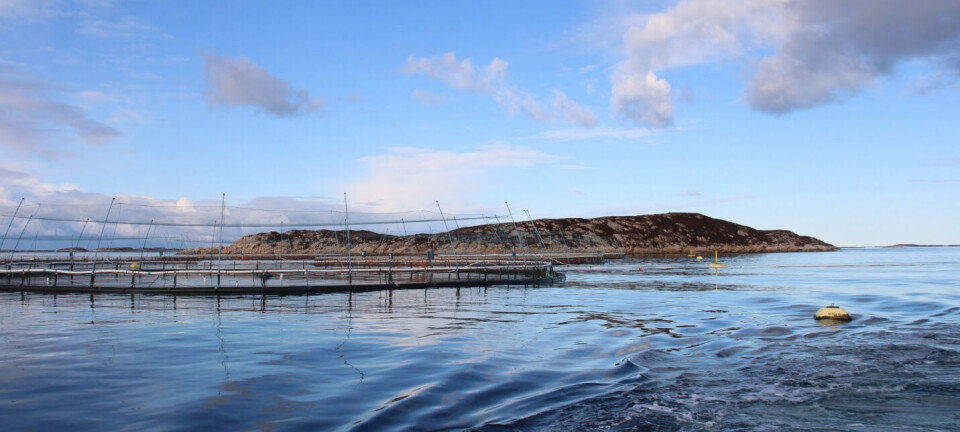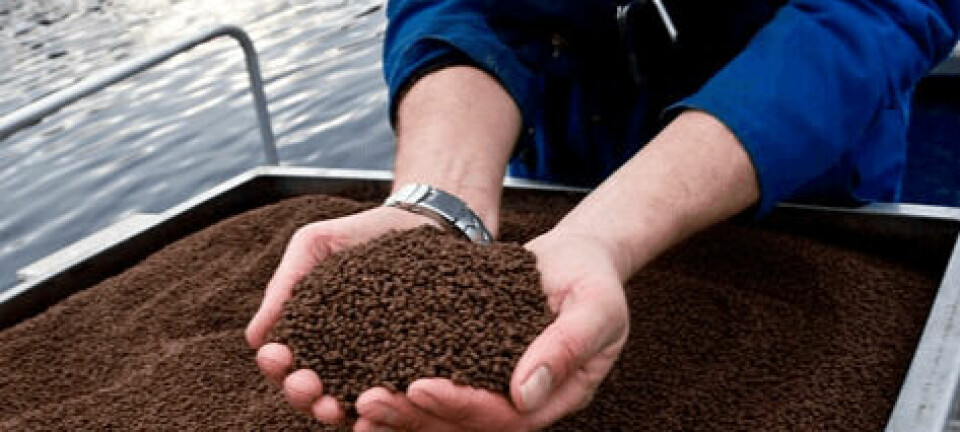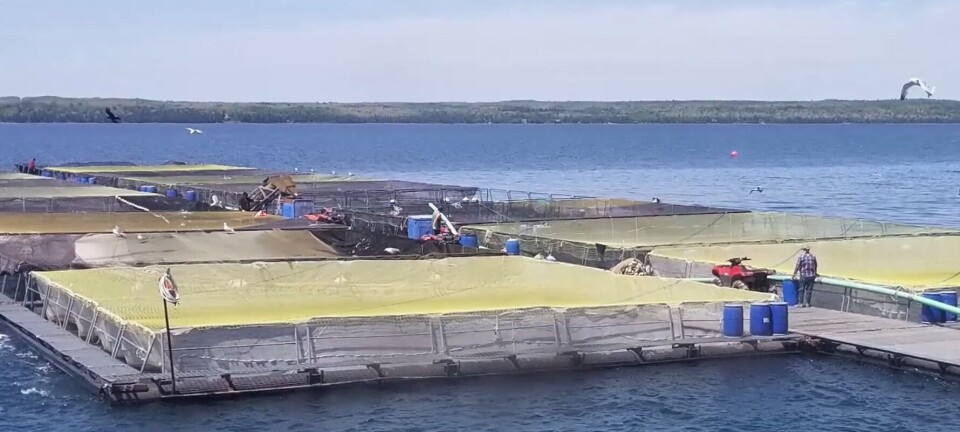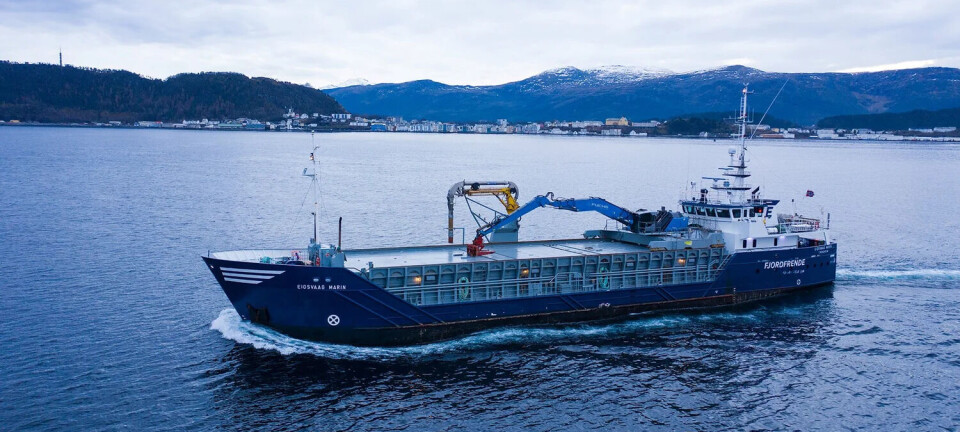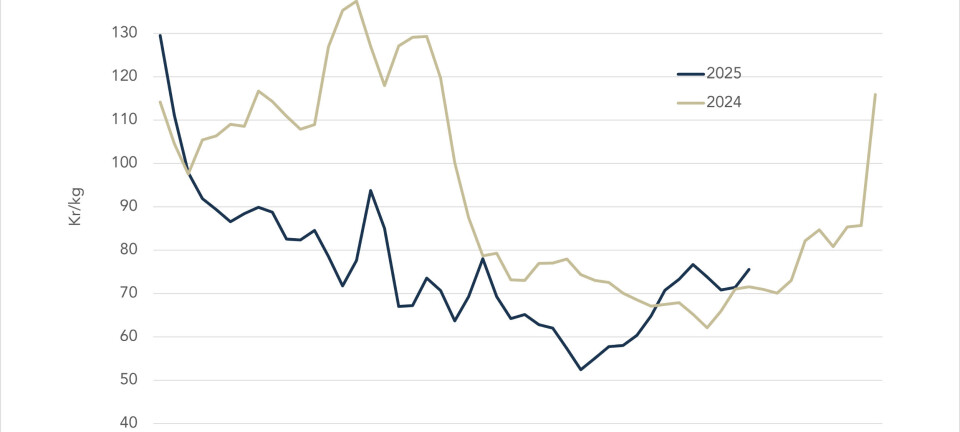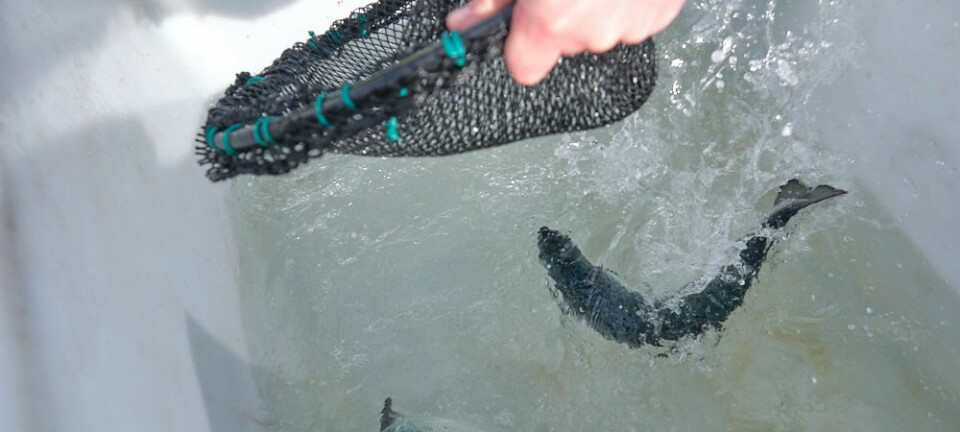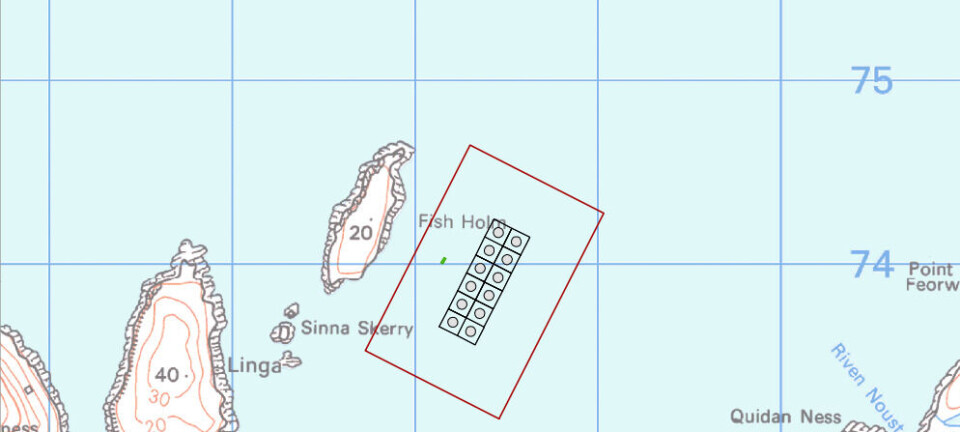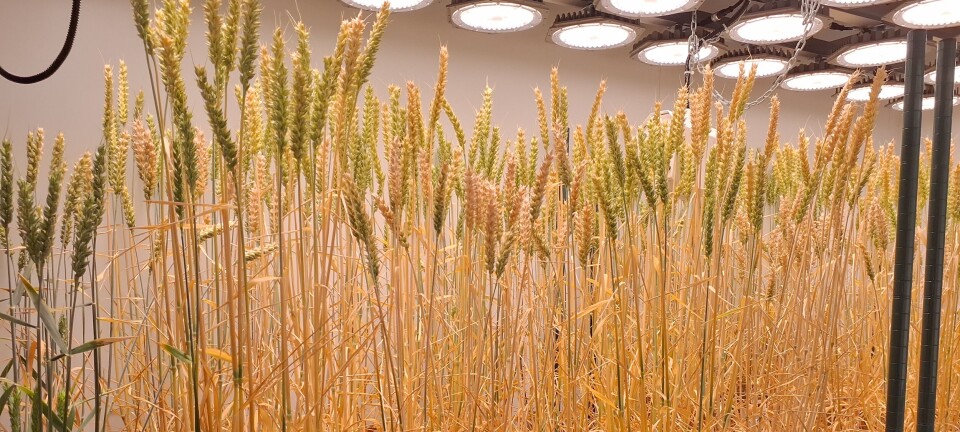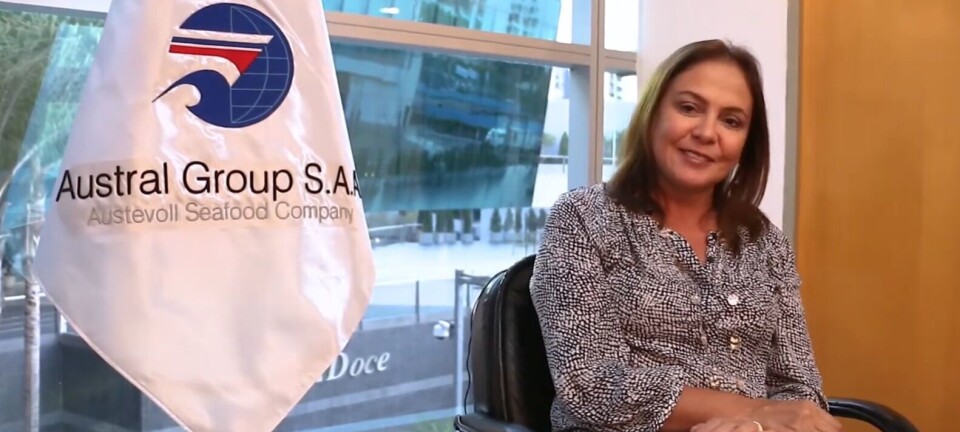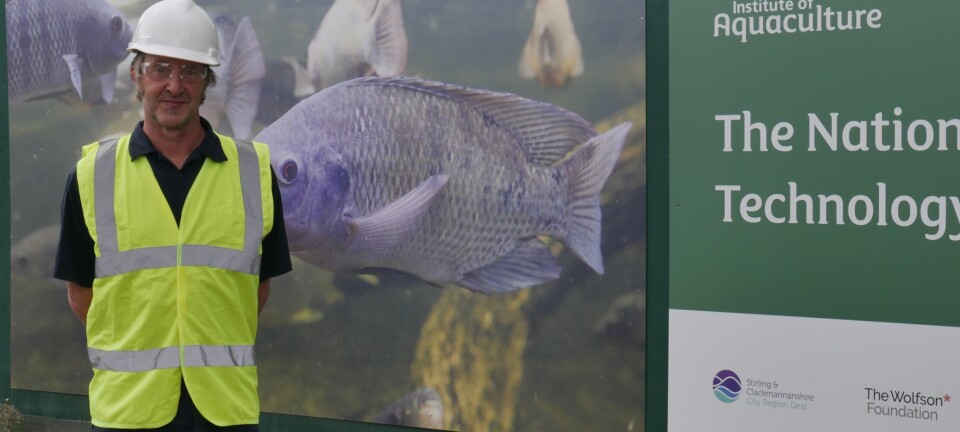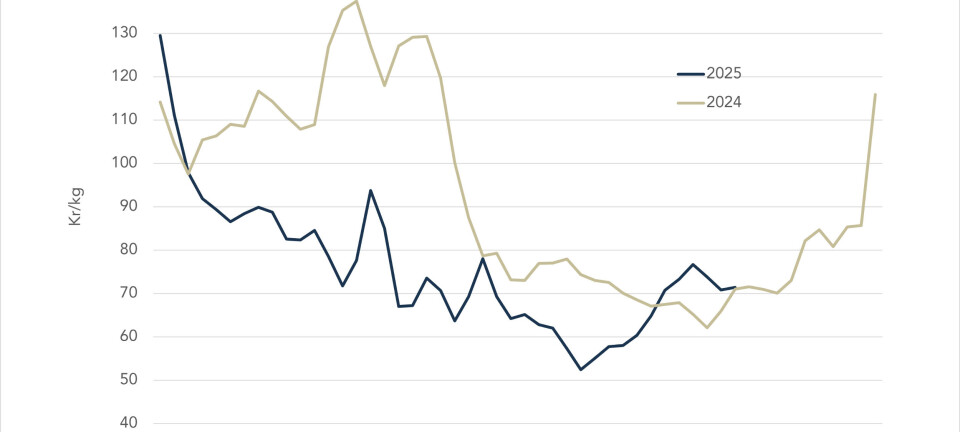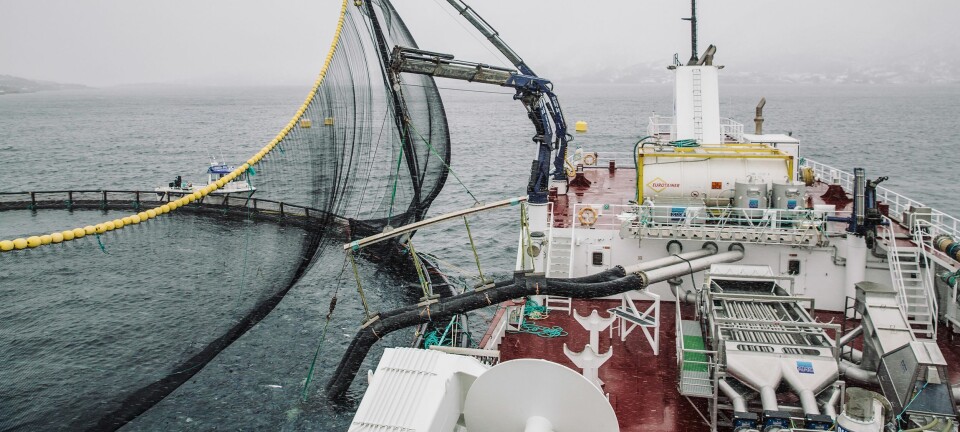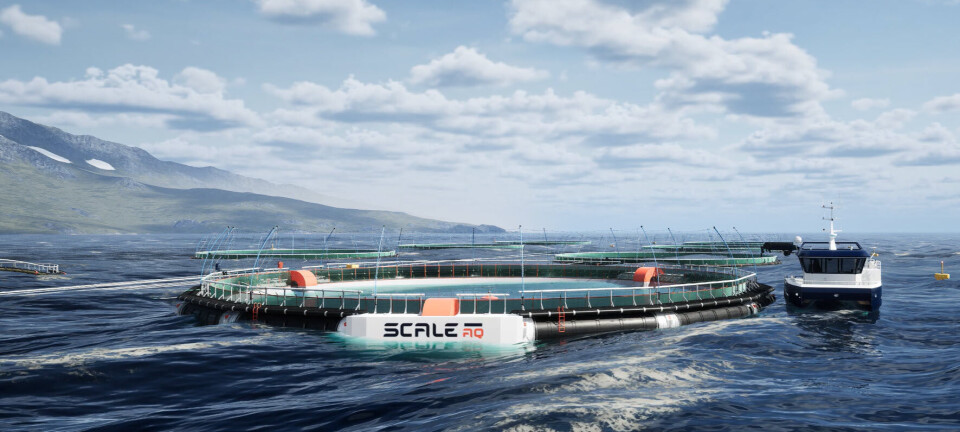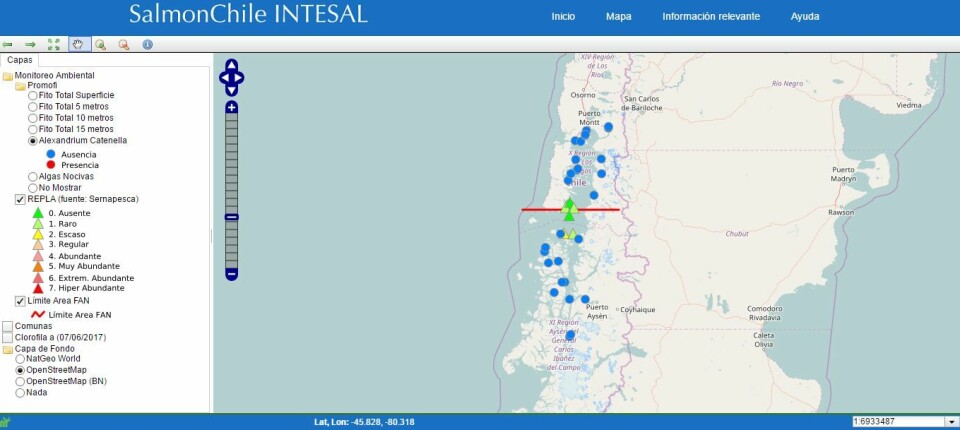
Harmful algal bloom monitoring map unveiled
Chile’s Salmon Technology Institute (Intesal) has launched an online map displaying data collected by the Phytoplankton Monitoring Program in the south of the country.
The interactive map will allow access to the condition of abundance of total phytoplankton, the presence of harmful algae and red tide, specifically of the species Alexandrium catenella, and the concentration of Chlorophyll a, all data belonging to the firms associated with industry body SalmonChile.
"The Intesal Phytoplankton Monitoring Program [Promofi] began as a need to protect the domestic salmon industry from Harmful Algal Blooms,” an Intesal spokesman said. “It began in 1988 and in its 30 years of implementation has been an effective support tool for an adequate management of fish in the centres of cultivation when the Harmful Algal Blooms are presented.”
Emphasis on species harmful to fish
Promofi covers areas of cultivation located in the interior sea between the regions of Los Lagos and Magallanes, where phytoplankton populations are identified and quantified, with emphasis on species harmful to fish.
In addition, meteorological and oceanographic information is used to properly interpret risk events and to estimate temporal and spatial variations of phytoplankton.
Intesal's spokesman said: “The purpose of Promofi is to provide information on the abundance and composition of phytoplankton, which supports the decision-making of producers for proper management of fish in fish farming centres when Harmful Algal Blooms are present in order to avoid or reduce risks of mortality.”
Questions related to the operation of the map can be emailed to platformfan@intesal.cl.
The interactive map can be found here and Intesal will offer a workshop about how best to use it in the coming weeks.



